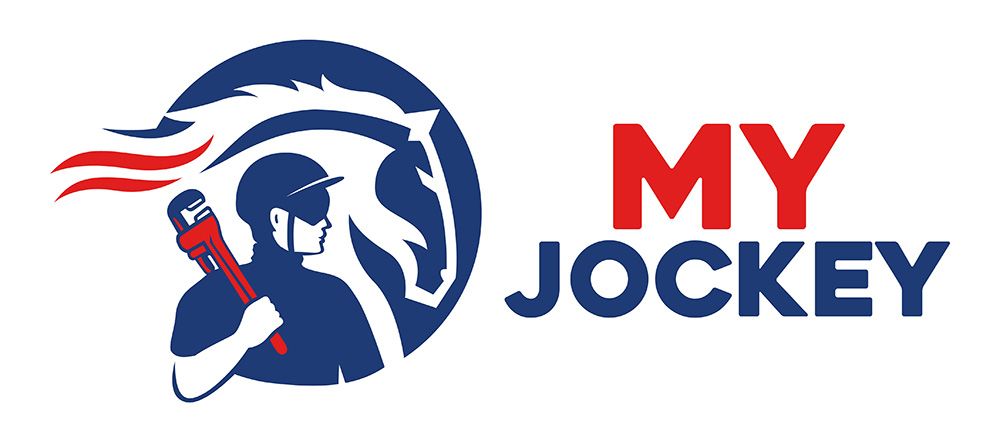Chimney Vent Water Heaters
Saratoga Springs Chimney Vent Water Heater Installation
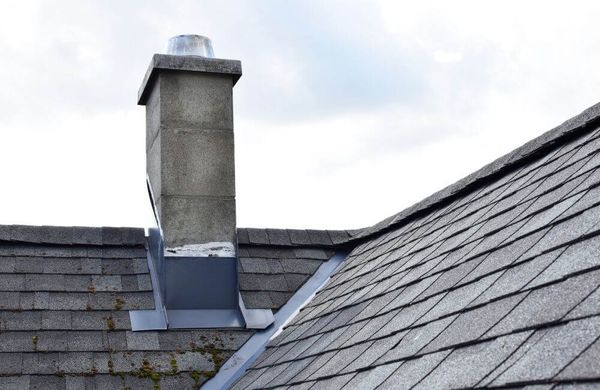
Expert in Chimney Vent Water Heater Installation and Services in Saratoga Springs
Located in the picturesque environs of Saratoga Springs, NY, My Jockey stands out as a foremost specialist in chimney vent water heater services, setting a standard in trust, efficiency, and unmatched quality.
With an unwavering devotion to satisfying customer needs, My Jockey extends its wide range of services to various locations, including Albany, Schenectady, Saratoga Springs, Troy, Glens Falls, East Greenbush, Queensbury, Ballston Spa, Malta, Clifton Park, Halfmoon, and Greenfield.
Whether you require installation, repair, or maintenance of chimney vent water heaters, we are committed to providing extraordinary service and ensuring your total satisfaction.
Our well-trained and experienced technicians are knowledgeable about the intricacies of chimney vent water heater installations and are ready to address any concerns or queries you may have. Our aim is to offer prompt and effective solutions tailored to meet your specific needs, ensuring the longevity and optimal performance of your water heater. At My Jockey, we pledge to maintain our reputation for excellence in chimney vent water heater services, making us your ideal partner in all related needs.
Choosing the Right Water Heater for Your Home
Choosing the right water heater for your home is crucial as it affects your daily comfort and energy consumption. Here are several considerations and steps to ensure you make an informed decision:
Why Choosing a Proper Chimney Vent is Important?
Choosing the right chimney vent is of utmost importance for several reasons, primarily when it pertains to water heater repair or installations. Here are the top five reasons:

Safety
Proper chimney vents are crucial for the safe expulsion of harmful combustion gases and avoid the dangerous accumulation of carbon monoxide within the premises. This helps in preventing severe health risks like carbon monoxide poisoning and mitigates the chance of fire hazards due to blockages or creosote build-up in the vent.

Efficiency and Performance
The right chimney vent maintains optimal draft conditions, which are necessary for efficient combustion and the optimal operation of water heaters. This ensures that the unit operates at its highest efficiency, maintains a consistent temperature, and prevents the backflow of exhaust gases.

Compliance with Regulations
Installing the proper chimney vent is essential to meet local building codes and regulations, guaranteeing the legal and safe operation of water heaters and avoiding legal implications, fines, or invalidation of insurance policies.

Durability and Maintenance
Selecting a suitable chimney vent reduces the corrosion and degradation of the chimney and water heater, extending their lifespans. It also mitigates the frequency and severity of maintenance required, translating to long-term savings in time and money.

Improved Air Quality
Efficient chimney vents ensure the removal of combustion by-products from living spaces, maintaining good indoor air quality and contributing to a healthier living environment, preventing respiratory issues among the occupants.
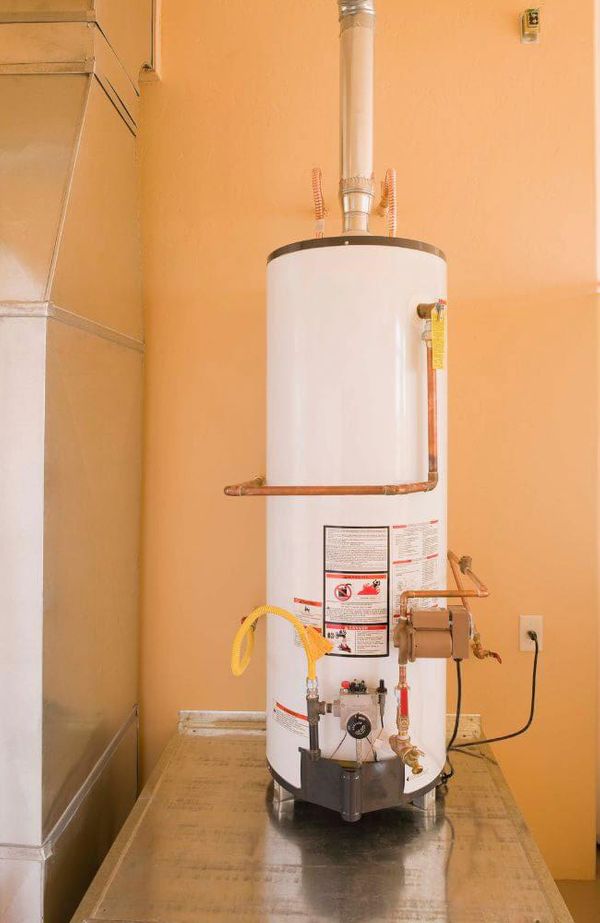
Gas Water Heater Installation in Saratoga Springs
The Proline® XE Power Vent Gas Water Heater is engineered to maximize to efficieny.
The ProLine® XE Power Vent gas water heater is engineered to maximize efficiency, while offering greater flexibility in installation options. It carries a 6-year limited warranty, and meets Low NOx emission requirements.
Steps for Gas Water Heater Installation
To install a gas water heater, start by shutting off the gas and water supply to the old unit, draining and removing it. Position the new heater, ensuring it’s level and maintaining proper clearances. Connect the water supply lines and gas line, checking for any leaks.
Install the venting assembly according to the manufacturer’s instructions and ensure all connections are secure. Fill the tank, checking for water leaks, and once secure, turn on the gas supply, checking again for any gas leaks. Light the pilot following the provided instructions, set the desired temperature, and perform a final check to ensure the proper operation of the venting system and that all combustion gases are venting appropriately.
Always adhere to the manufacturer’s guidelines and safety precautions or opt for a professional installation if in doubt.
Types of Chimney Vents
Chimney vents, crucial components for ensuring safe and efficient operation of heating appliances, come in various types, each serving specific needs and requirements. Below are the common types of chimney vents:
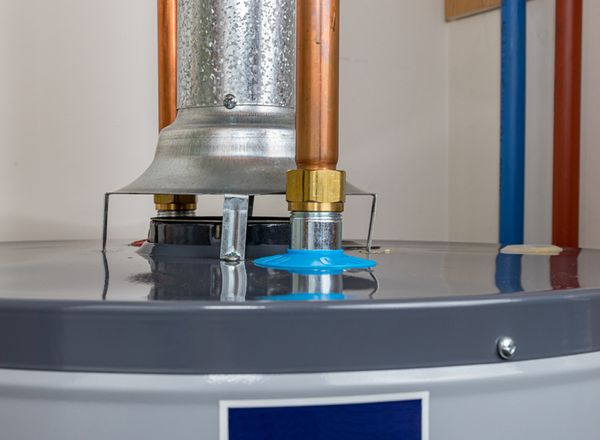
Type B Gas Vent (B-Vent) of Chimney Vents
Designed for gas appliances, B-Vent is usually used for gas water heaters, furnaces, boilers, and other appliances that require venting. It is typically made of galvanized steel and has a double wall to protect surrounding combustible materials from high temperatures.
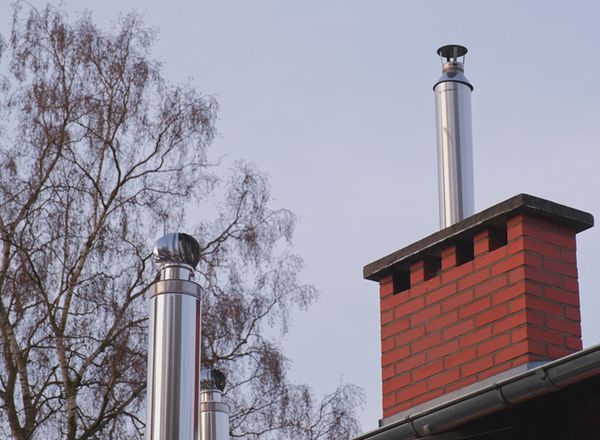
Type L Vent (L-Vent)
This vent type is often used for oil-fired appliances. It has a stainless-steel inner liner and an aluminum or galvanized outer wall, designed to prevent corrosion and leakage of combustion byproducts.
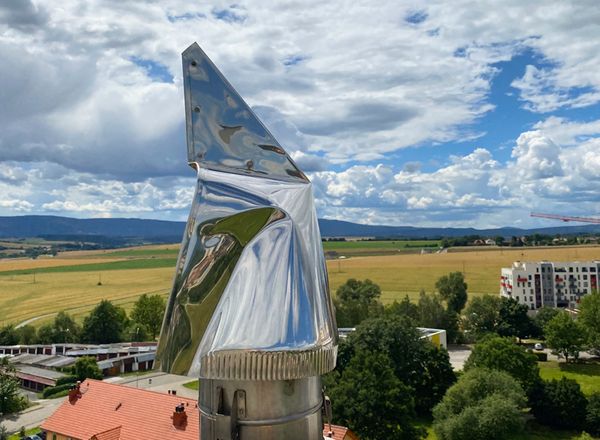
Direct Vent
Direct vent systems are designed for appliances that require a sealed combustion system. They pull in air from outside for combustion and expel the combustion gases back outside, minimizing heat loss and maintaining indoor air quality.
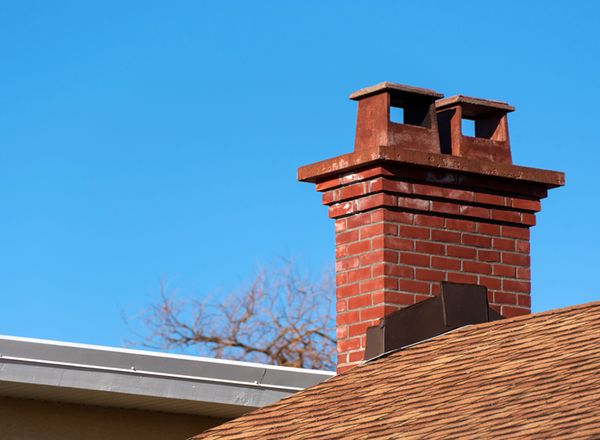
Masonry Chimney
Typically constructed from bricks, stones, or blocks, masonry chimneys are traditional venting systems, often used for wood-burning or multifuel appliances. They require a flue liner to protect the masonry from corrosive byproducts and enhance draft efficiency.
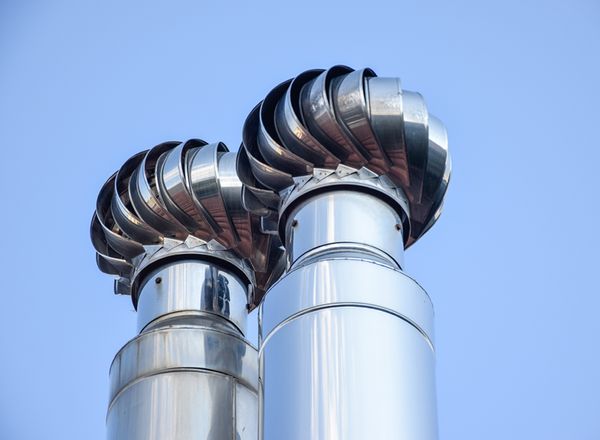
Metal Chimney
Metal or factory-built chimneys are made from stainless steel or other metals and are often used for wood stoves, fireplaces, and furnaces. They are generally insulated and can withstand high temperatures.
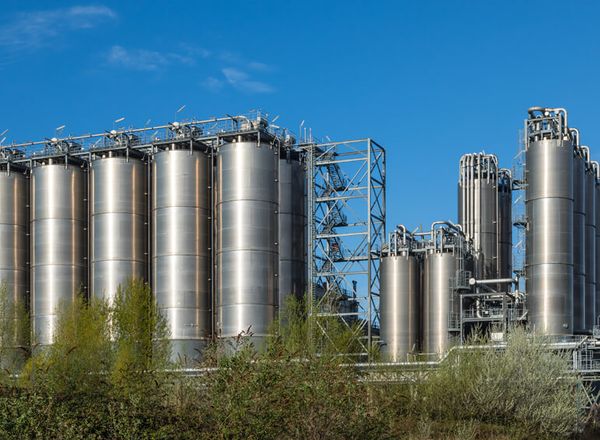
Pellet Vent
Specifically designed for pellet-burning appliances, pellet vents are made of stainless steel and have a gasketed, sealed joint system to handle the high pressure and temperatures generated by pellet fuel.
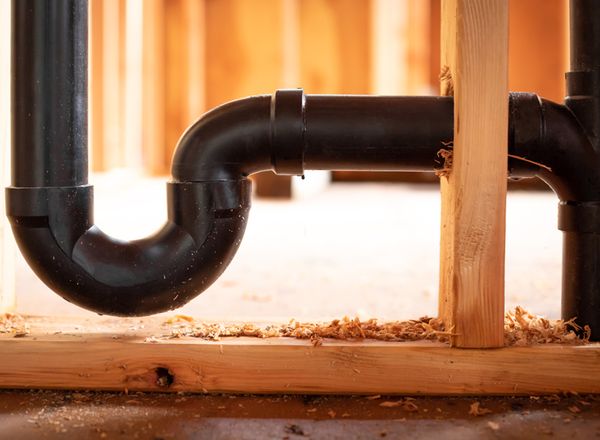
Plastic Vent Pipes (PVC, CPVC, ABS)
Used for high-efficiency, condensing appliances like furnaces and water heaters, plastic vent pipes are corrosion-resistant but suitable only for low-temperature venting due to their lower heat tolerance.

Chimney Liner
While not a standalone vent, chimney liners are crucial for masonry chimneys, providing a smooth, corrosion-resistant passageway for combustion gases. They are typically made from stainless steel, aluminum, or clay tiles. Each type of chimney vent has its own installation requirements, advantages, and limitations, and it's vital to select the right one based on the appliance’s specifications, local building codes, and individual needs to ensure optimal performance and safety.
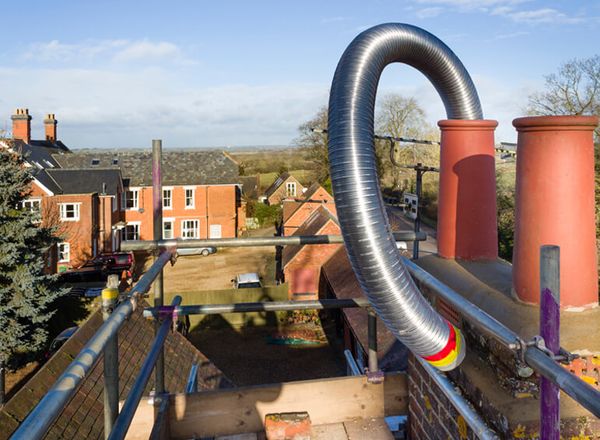
Professional Chimney Vent Installation Process
The installation of a professional chimney vent is an intricate process consisting of several crucial steps to ensure the proper and safe functioning of the appliance. Here are the steps involved:
Signs of Water Heater Problems
The installation of a professional chimney vent is an intricate process consisting of several crucial steps to ensure the proper and safe functioning of the appliance. Here are the steps involved:
Step 1: Comprehensive Assessment
In this step, a thorough evaluation of the installation site is carried out, considering the appliance requirements, fuel type, and structural constraints of the property, along with a review of local building codes to select the most suitable chimney vent type.
Step 2: Precise Planning and Measurement
Detailed planning involves determining the optimal route, length, and elevation for the chimney vent. Precise measurements are taken to ascertain compliance with manufacturer's recommendations and local building codes, focusing on optimal draft and clearance from combustible materials.
Step 3: Preparation of Installation Site
Preparing the site includes clearing any obstructions and ensuring a clean and safe environment for the installation. The necessary precautions are taken to protect the surrounding areas from damage during the installation process.
Step 4: Installation of the Chimney Vent
During this step, the selected chimney vent is meticulously installed, ensuring each component is securely connected, joints are properly sealed, and the venting system is adequately supported to prevent displacement or leakage of gases. The termination point of the vent is also correctly installed to facilitate efficient expulsion of combustion byproducts and prevent entry of external elements.
Step 5: Testing and Inspection
After installation, the system undergoes rigorous testing and inspection to validate its integrity, stability, and functionality. This involves checking for leaks, blockages, or any draft issues that could impact the performance and safety of the appliance.
Step 6: Verification of Compliance
The final step is to ensure that the installed venting system complies with all relevant building codes, manufacturer’s guidelines, and safety standards. This step guarantees the legal and secure operation of the venting system and connected appliances.
Step 7: Customer Briefing
Once everything is verified, customers are briefed on the proper use and maintenance of the installed venting system, ensuring they are aware of safety practices and operational guidelines.
Step 8: Cleanup and Finalization
The installation site is cleaned, and all installation debris is removed. The process is finalized by ensuring that the customer is satisfied and addressing any remaining queries or concerns they may have. Each of these steps is indispensable and requires a professional and experienced approach to ensure the longevity, safety, and efficiency of the installed chimney vent system.

Call us today - Hire a Professional for Chimney Vent Inspection and Maintenance
For superior plumb and heating solutions, particularly focusing on chimney vent water heater solutions including Repair, Installation, and Replacement in Saratoga Springs and surrounding areas, My Jockey is your go-to service provider. A single call to us today will connect homeowners to our experienced and licensed technicians, who are ready to evaluate and handle all your water heater and chimney vent concerns.
As a pioneering service provider specializing in high-efficiency and on-demand solutions, we promise prompt responses, emergency services, and advanced technology to ensure your chimney vent water heaters are operating seamlessly.
Our skills transcend mere repair and installation; we are proficient in conducting comprehensive chimney inspections and servicing for water heaters, providing exhaustive solutions to our clientele. Depend on our transparent pricing model that offers competitive rates along with clear billing for all installation, replacement, and new acquisitions of chimney vent water heaters.
Don’t hesitate. Contact us or explore our website for more information. Choose My Jockey as your trustworthy expert for all your chimney vent water heater service needs.
Testimonials
Questions on a Water Heater Installation?
Complete the form below and we’ll get back to you as quickly as we can.
